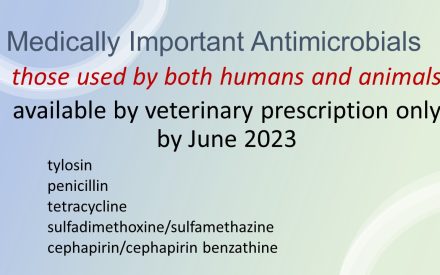Validation of a new processing method to ensure the destruction of Salmonella on product surfaces during impingement cooking
Recent research presents a new approach to validating and verifying surface lethality using hydrated surface lethality (HSL) steps. This approach should prove useful for developing validated thermal processes and guidelines that ensure the elimination of Salmonella on the surfaces of meat and poultry products cooked in impingement ovens using high-temperature, short-time processes.
This study investigated the effectiveness of cooking processes that incorporated hydrated-surface lethality (HSL) steps for ensuring the reduction of Salmonella on the surfaces of meat and poultry products cooked using short-time, high-temperature impingement oven processes. Various small-dimension products made from beef, pork, or chicken were cooked in a two-zone impingement oven using either dry heat or steam-humidified HSL processes.
Based on the results of this study, it is recommended that HSL steps using wet-bulb temperatures ≥ 160°F be incorporated into in all zones of high-temperature, short-time impingement cooking processes to ensure the destruction of Salmonella on product surfaces. This study can be used for validation of high-temperature, short-time thermal processes that incorporate the recommended HSL steps to ensure the destruction of Salmonella on the surfaces of small-dimension products cooked in impingement, spiral, or cross-flow forced-convection continuous ovens.
Download the research report
Download Article


 Bird Breakdown: Exploring Yields and Cuts of Poultry
Bird Breakdown: Exploring Yields and Cuts of Poultry Importance of Forage Growth Stages When Grazing Cattle
Importance of Forage Growth Stages When Grazing Cattle Direct Marketing Beef: Adding Value to your Product
Direct Marketing Beef: Adding Value to your Product  Are you ready? Antibiotics for livestock will be prescription only in 2023
Are you ready? Antibiotics for livestock will be prescription only in 2023


